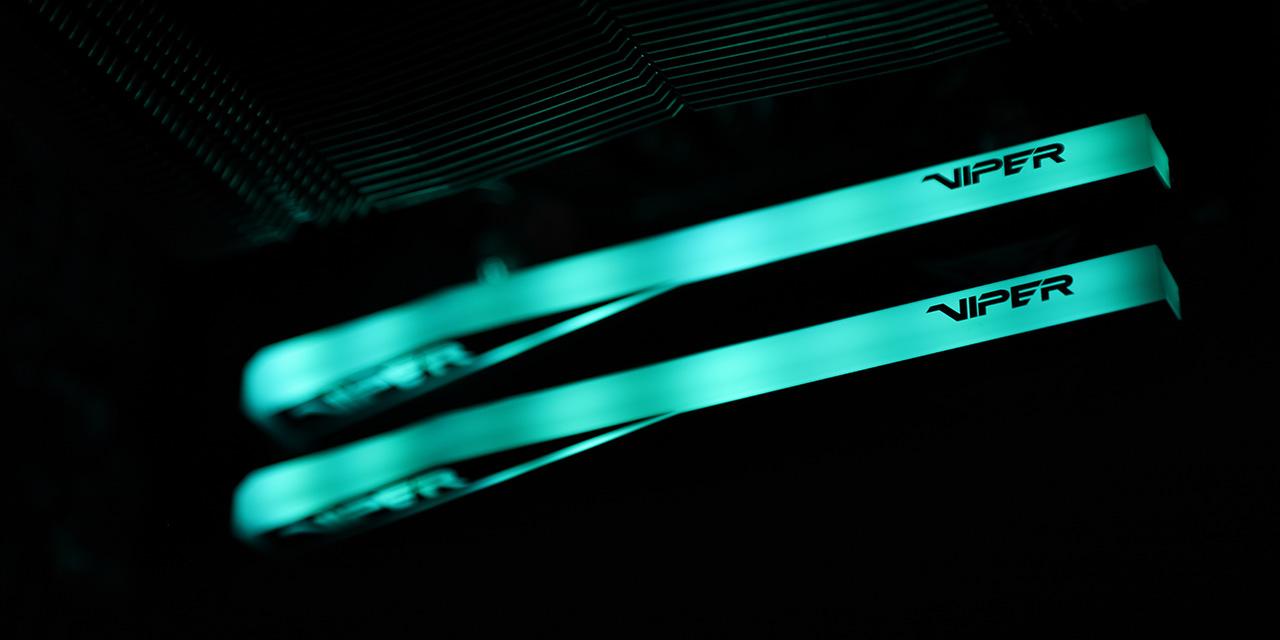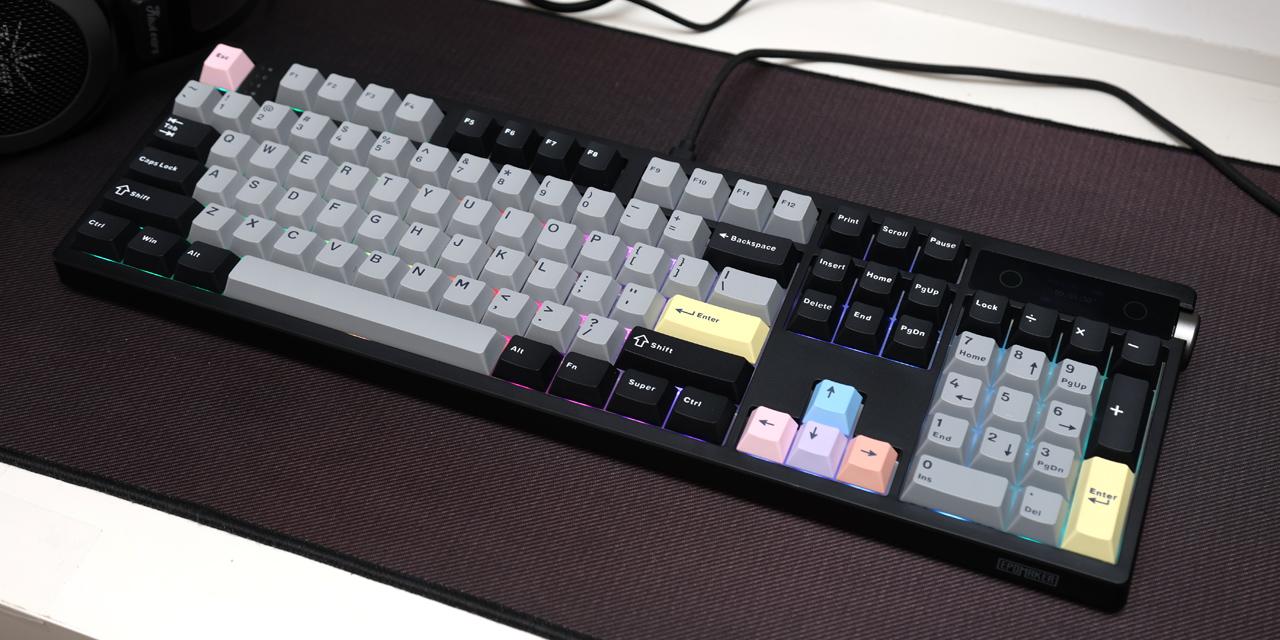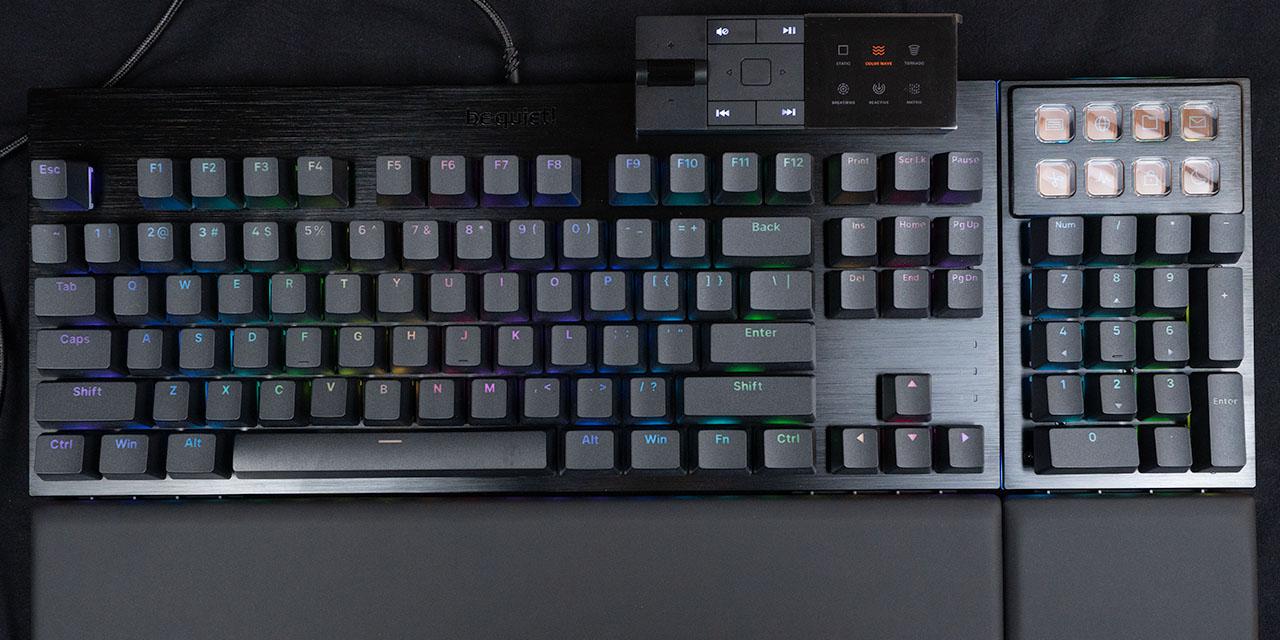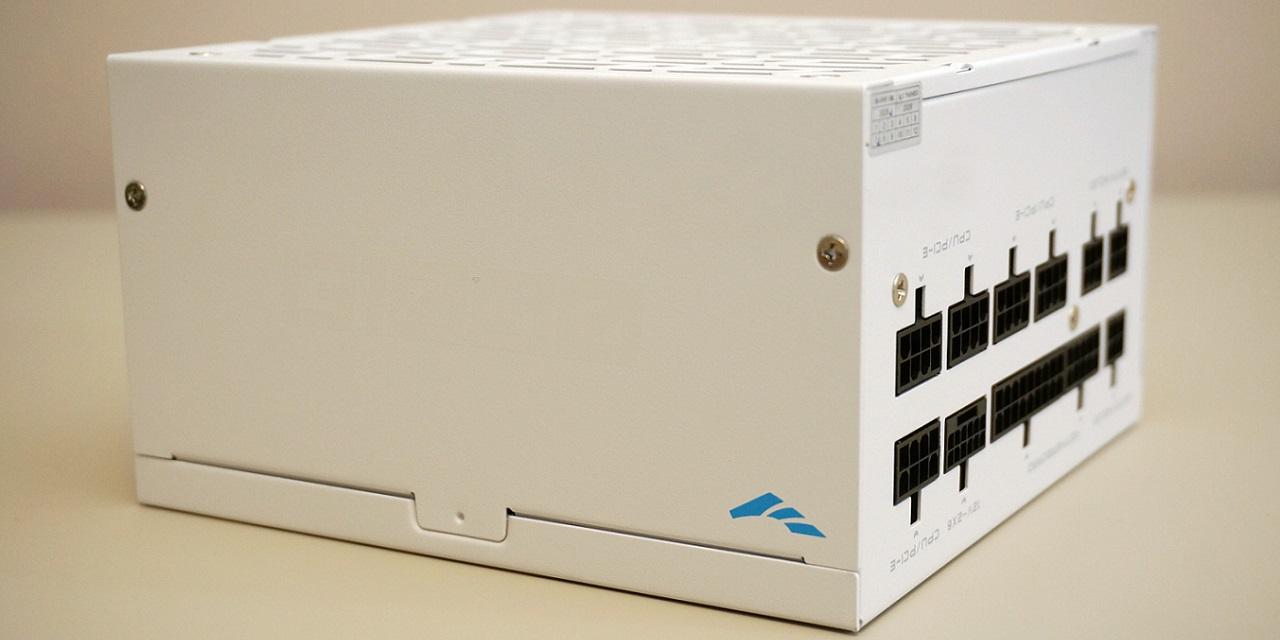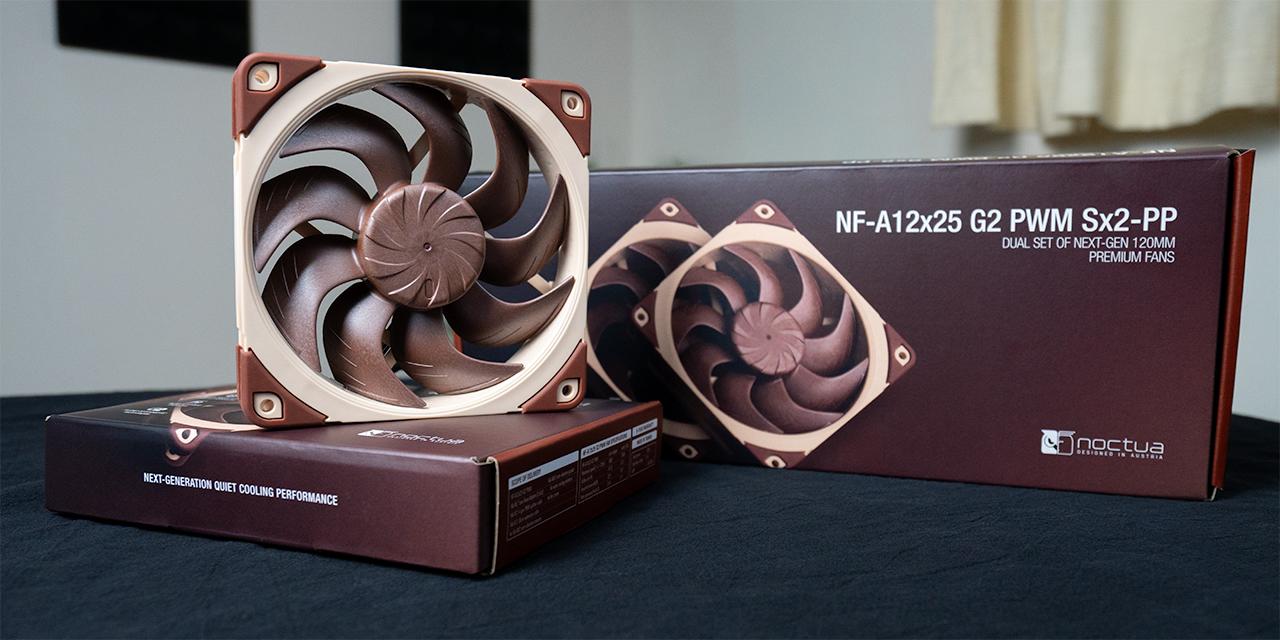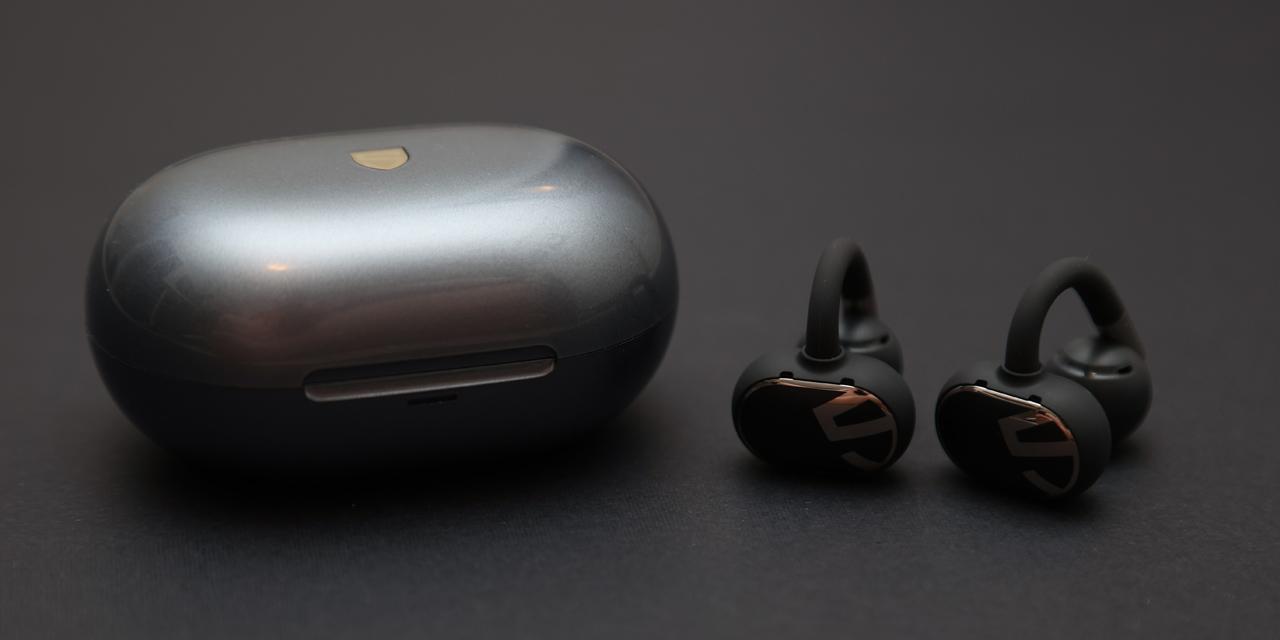Page 2 - A Closer Look, Test System
The Netac US9 512GB is the latest and greatest USB flash drive from the company, which is made completely out of a zinc alloy with a matte gray surface contrasted by baby blue and lighter gray text on top. Netac calls the color "Tarnish", as there is a hint of brown in the gray. The zinc alloy is cool to touch and feels solid in your hands. The oval shape is simple, and a beveled inner perimeter adds a track-like design for more visual flare. The inscriptions include Netac's logo, "USB 3.2", and some random shapes. I personally find a lot of these design elements to be unnecessary, but to each their own.
The latest Netac flash drive comes in at 8.2 cm long, 2.3 cm wide, and 1.0 cm thick. Other capacities available include 256GB and 1TB. The US9 tips the scale at 50g due to its all-metal enclosure. It will fit nicely in your wallet or pocket without complaints, but has no drive activity LED nor lanyard attachment hole.
Turning the Netac US9 around, and you can see how the ports and its door mechanisms work. The US9 features both USB Type-A and USB Type-C ports, which is a rare find on USB drives. The USB Type-A interface connector is blue to signify its USB 3.2 Gen 2 compatibility. Both are semi-covered by a swinging door that rotates about the center axis by a pair of hinges. I am a big fan of capless flash drives, since you will not need to worry about losing their cover during usage. The USB Type-A port door clicks into place by a magnet, while the USB Type-C port clicks into place by a notch at the end. One thing to pay attention to is the doors may interfere with adjacent ports when in use depending on the direction of the way the connector doors swing and the adjacent port location.
Overall, the Netac US9 512GB is a solid feeling USB flash drive with universal port compatibility. Its all-metal construction allows quick heat dissipation. During use, it was warm to touch, but never too hot. I did not experience any thermal throttling in my extended write tests. With all these in mind, how will this product perform against other USB flash drives? We will spend the next five pages to find out.
Our test configuration is as follows:
CPU: Intel Core i7-12700K
CPU Cooling: Noctua NH-D15 chromax.black
Motherboard: ASUS ProArt B660-Creator D4
RAM: Crucial Ballistix DDR4-3600 4x32GB
Graphics: ASUS Dual GeForce GTX 1060 3GB
Chassis: NZXT H710i
Storage: Kingston KC3000 1TB, Western Digital WD_BLACK SN850 NVMe SSD 1TB
Power: Seasonic PRIME Ultra Titanium 850W
Operating System: Microsoft Windows 11 Pro
Compared Hardware:
- Netac US9 512GB
- ADATA DashDrive Elite UE700 64GB
- Kingston DataTraveler HyperX 3.0 64GB
- Kingston DataTraveler Ultimate 3.0 G2 32GB
- Kingston DataTraveler Vault Privacy 3.0 32GB
- Kingston IronKey Keypad 200 64GB
- Kingston HyperX Fury 64GB
- Patriot Supersonic Magnum 64GB
- Patriot Supersonic Magnum 2 256GB
- Patriot Supersonic Rage 2 256GB
- Patriot Supersonic Rage Prime 1TB
- Patriot Supersonic Rage Pro 512GB
- SanDisk Ultra Fit 128GB
- SanDisk Ultra Fit 256GB
- Silicon Power Blaze B05 64GB
Page Index
1. Introduction, Packaging, Specifications
2. A Closer Look, Test System
3. Benchmark: AIDA64 Disk Benchmark
4. Benchmark: ATTO Disk Benchmark
5. Benchmark: Crystal Disk Mark 8.0
6. Benchmark: HD Tune Pro 5.70
7. Conclusion
